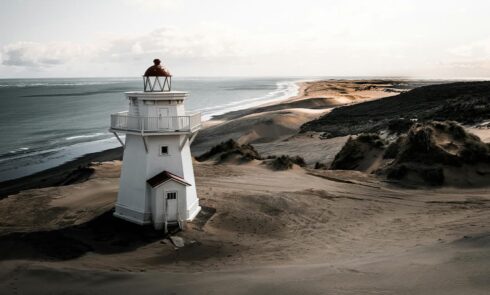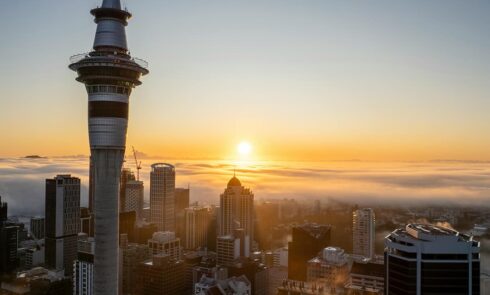Ruapekapeka, a pā 20 kilometers southeast of Kawakawa in New Zealand’s Northland region, is one of the largest and most complex pā in New Zealand; Ngapuhi created it specifically to counter the guns of British troops.
History of Ruapekapeka Pa
Ruapekapeka Pa was the site of one of the last military clashes between British troops and Māori tribes during the Great Northern War, a conflict that erupted over British policies that were seen as disadvantageous to Māori.
Local Maori had been preparing for months for the Battle of Ruapekapeka Pa. Knowing that the British had vastly superior firepower, their leader, Chief Te Ruki Kawiti, created a formidable defensive area (or “pa”) that consisted of a network of trenches and tunnels. .
In December 1845, the British arrived at Ruapekapeka Pa. They faced a significant challenge from the Maori, and although they eventually managed to break through the defenses, the Maori fled. Eventually, after some time, peace was concluded between the two sides.
The fact that the pā had no provisions or ammunition left suggests that the Māori “escape” was an organized retreat. Perhaps the pā had served its purpose and was abandoned. The defenders could also have hoped that the soldiers would be drawn into an ambush by Heke and his men in the dense bush outside the pā. On the other hand, Kawiti and his men may have taken what they considered to be their best chance of escape.
For the British, the capture of such an intricately designed and well constructed pā was a significant achievement-a tactical victory. However, many consider the battle a draw. Heke and Kawiti escaped with their troops almost intact, and the terms of the subsequent peace settlement suggest that they may have even won a strategic victory.
Ruapekapeka Pa today
Today, visitors can go on a self-guided walk through the site, where trenches dug by Maori are still visible.
Getting to Ruapekapeka Pa
From Whangārei, follow the SH1 north for 35 km. After passing the Towai service station, turn right onto Ruapekapeka Road and follow it for 4 km. You will see signs for Ruapekapeka and a parking lot 300 m beyond the intersection where Ruapekapeka Road meets Kawakawa Road. The road is not compacted and is narrow in places, so be careful.


